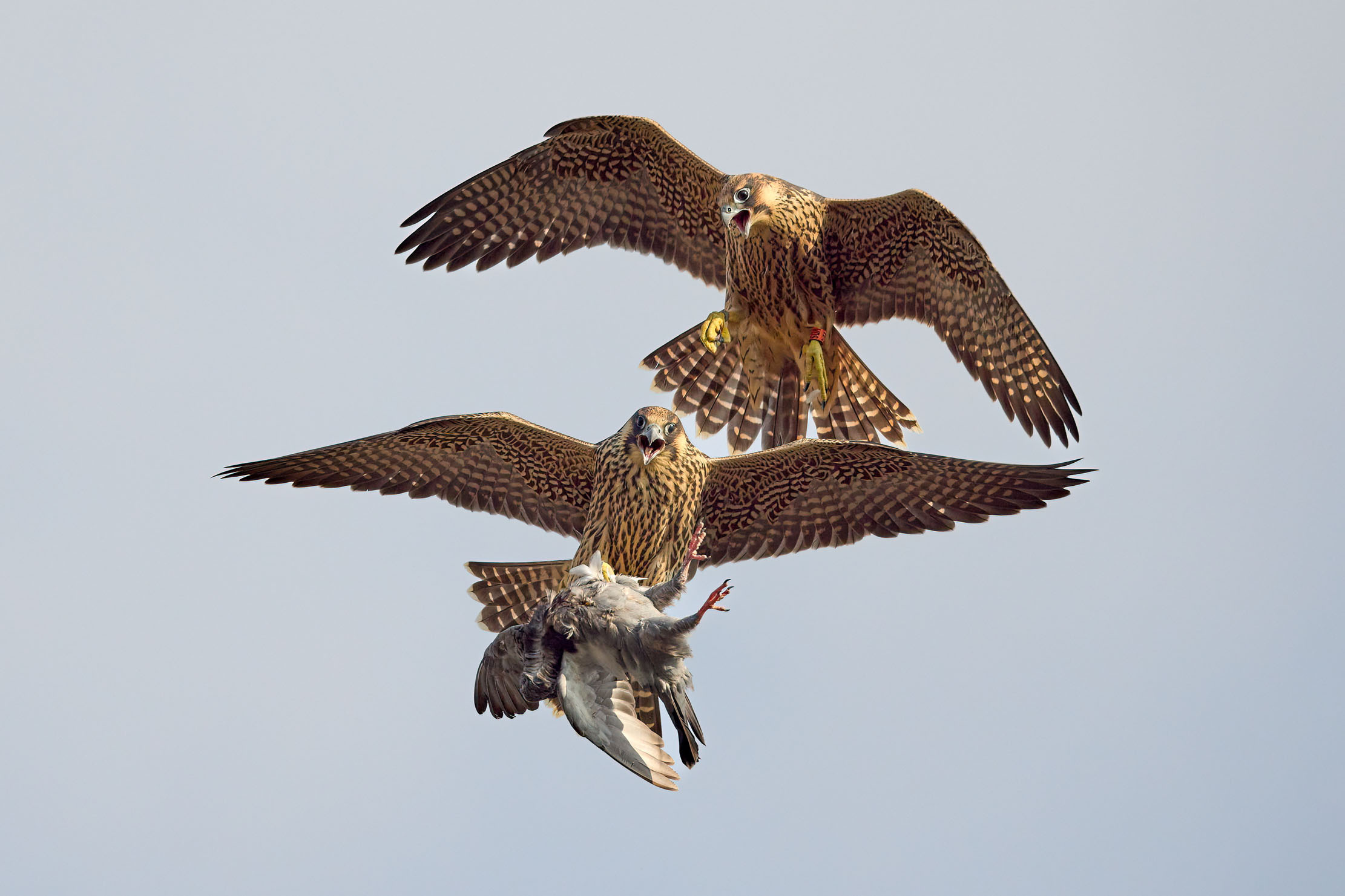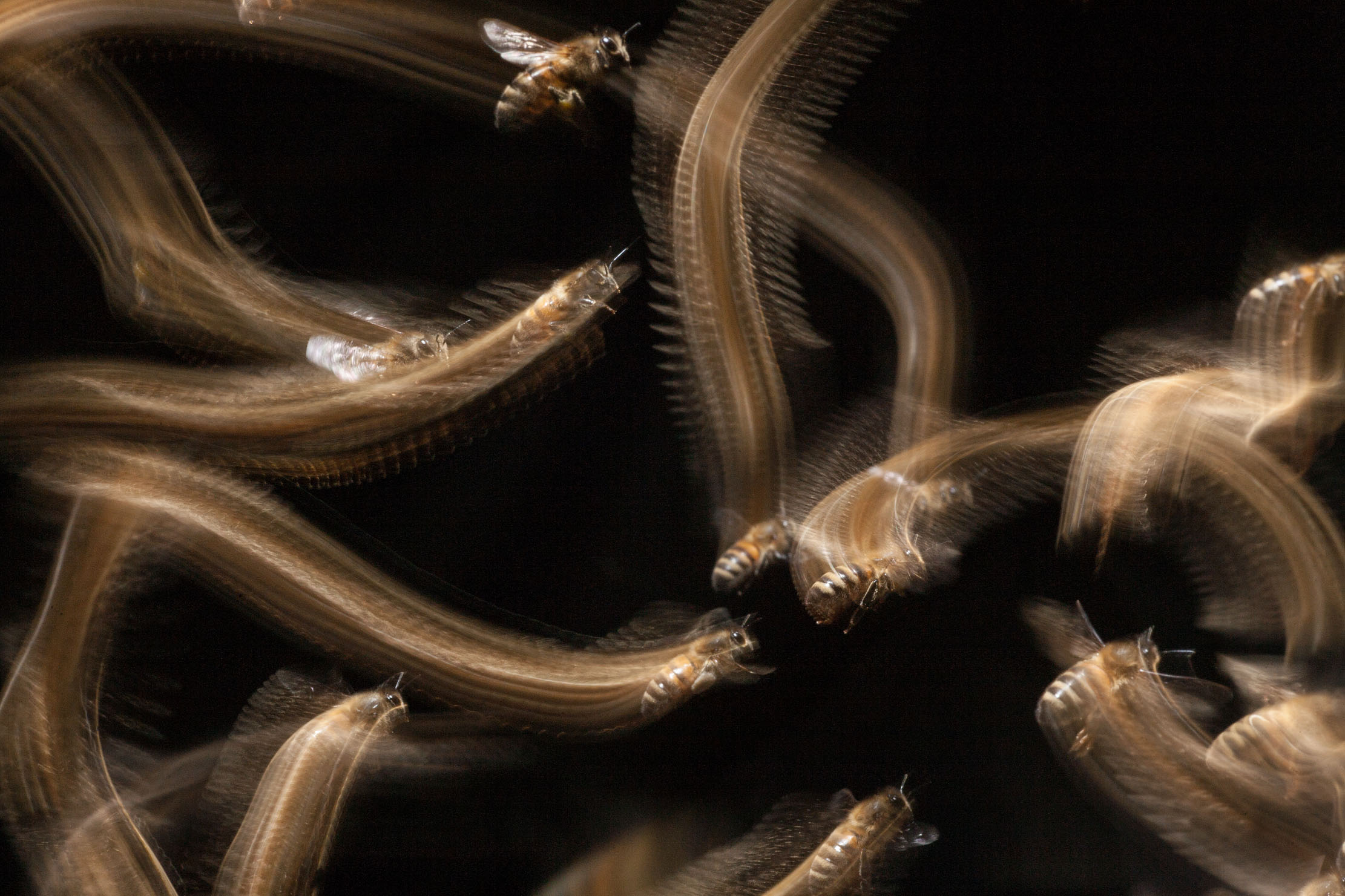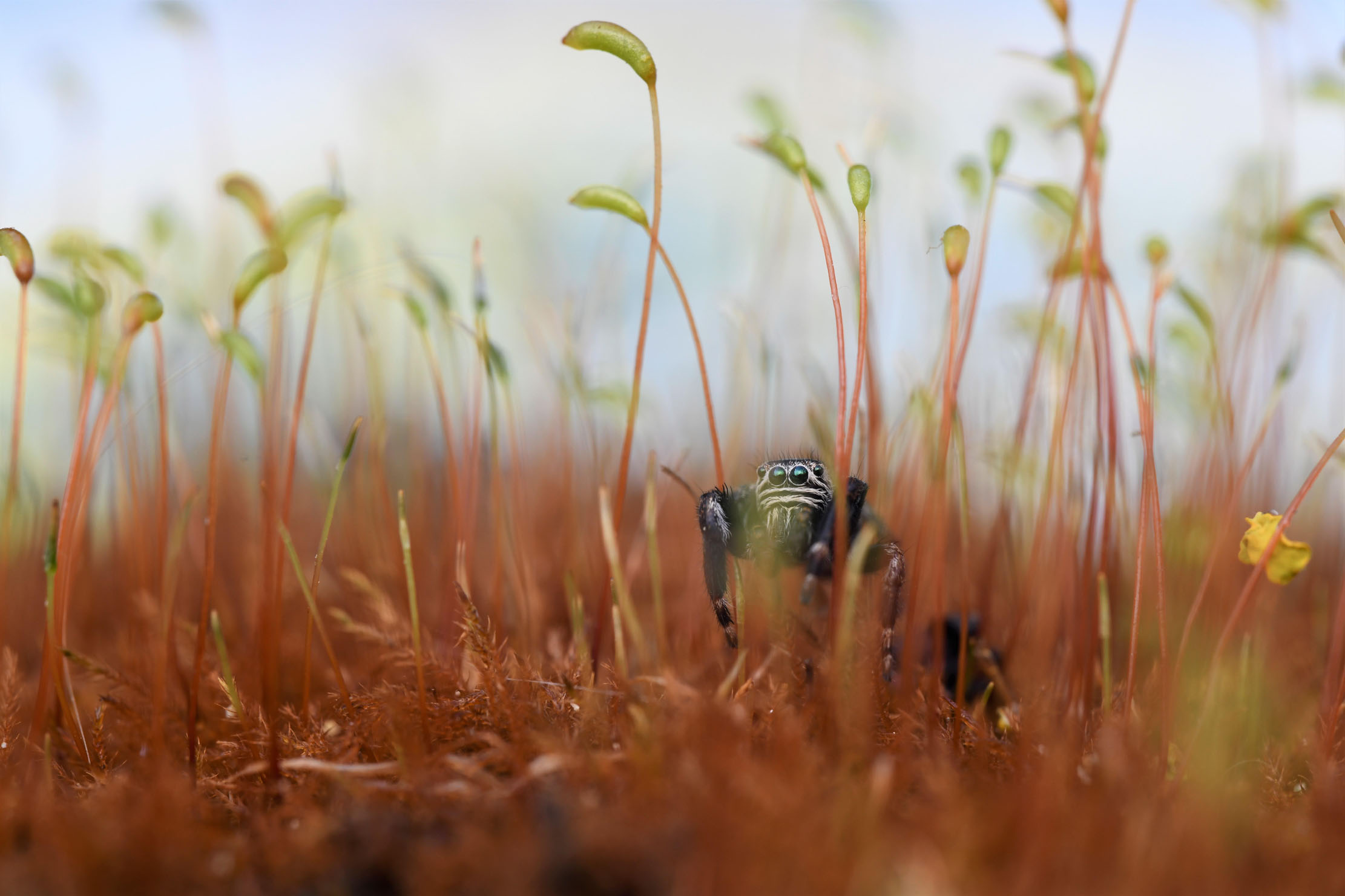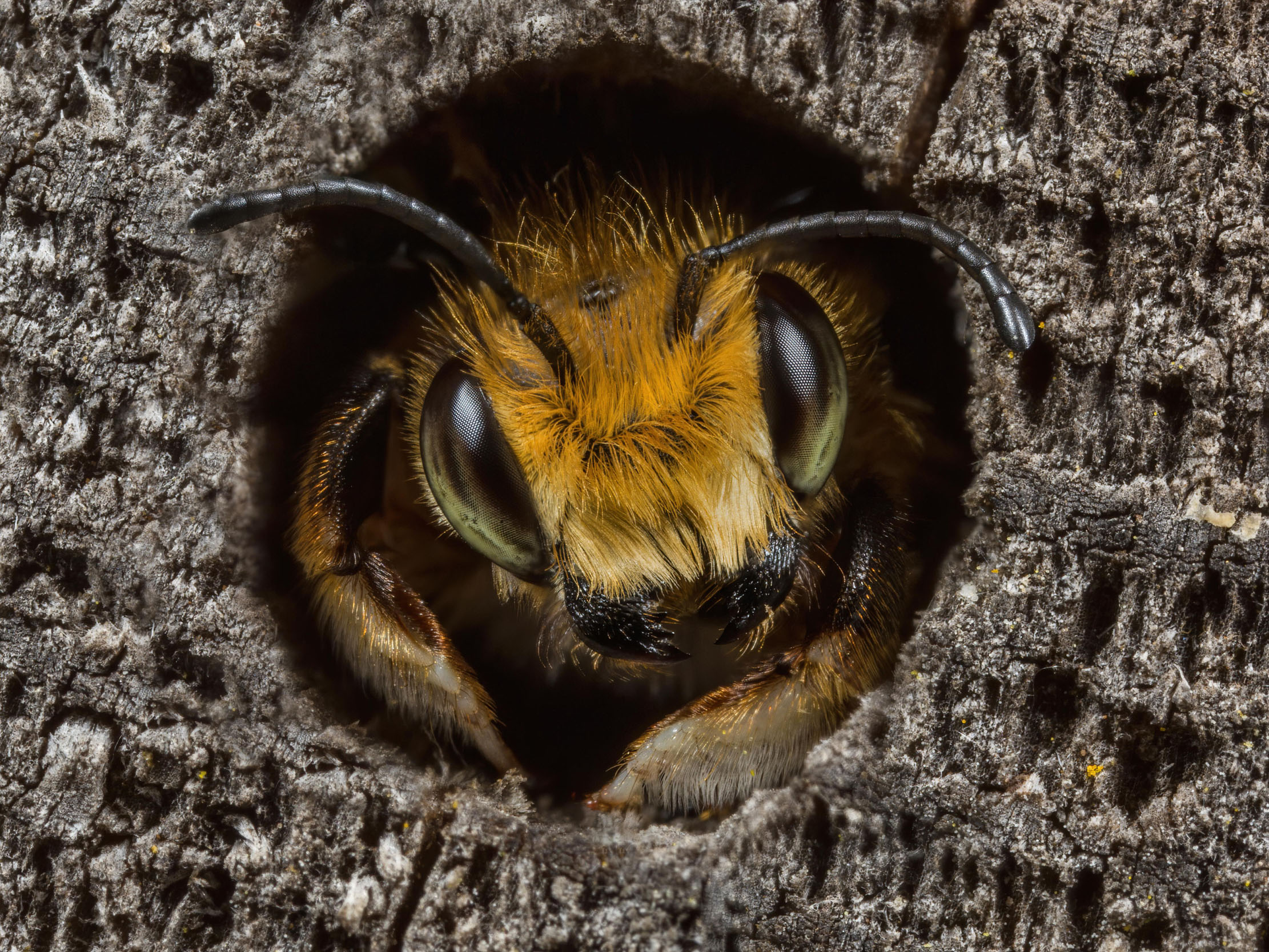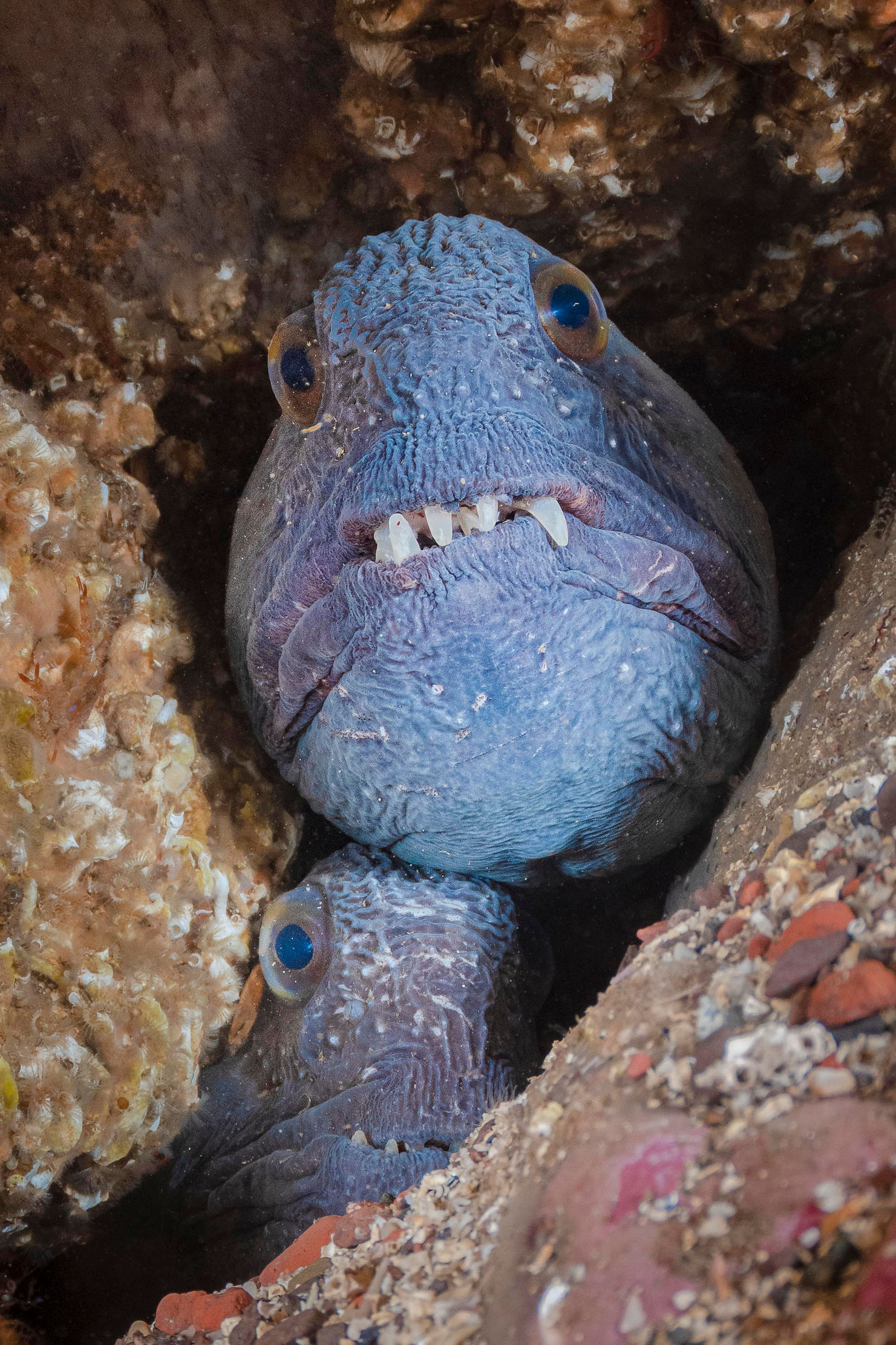15 of the most incredible pictures from the 2023 British Wildlife Photography Awards
Nature’s fierce beauty emerges forcefully from the 2023 British Wildlife Photography Awards. Our Picture Editor Lucy Ford has the pick of the best shots, from a somnolent fox to a hungry buzzard.
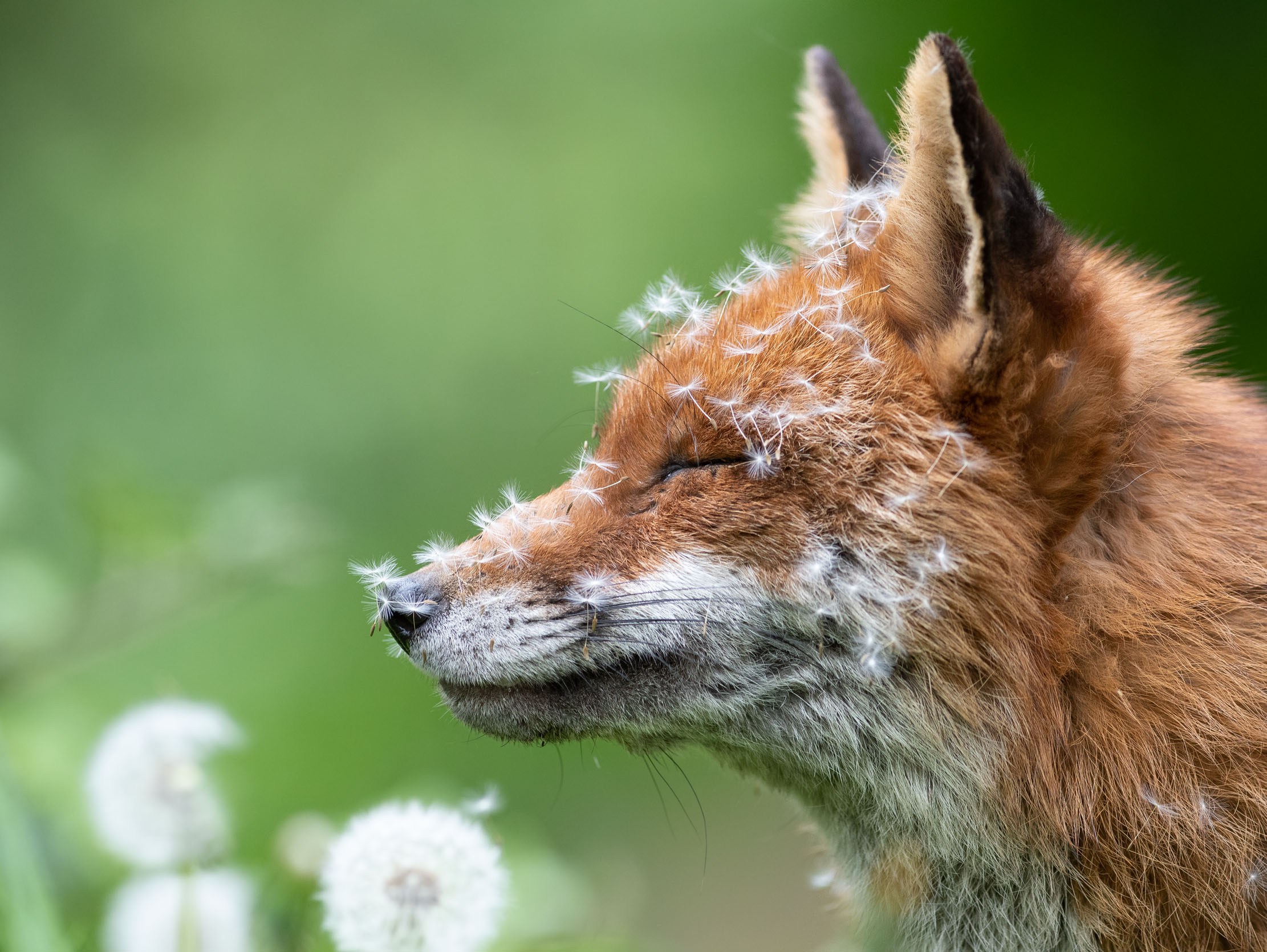
Mid- air in a leaden Gloucestershire sky, a buzzard ambushes a barn owl, one talon viciously grabbing the smaller bird, the other making for its prey, a tiny vole.
In an urban wildflower patch, a vixen wakes up from her slumber covered in a fuzz of dandelion seed-heads.
In the Shetlands, a skua — wings spread, beak wide open — looks every inch the pirate on its cliff.
And in a London park, three ducklings snooze peacefully as the metropolis whirls busily around them.
British Nature, in all its charming, red-toothed glory, bursts from the pages of the British Wildlife Photography Awards 11, a book collating the best entries to the 2023 British Wildlife Photography Awards competition.
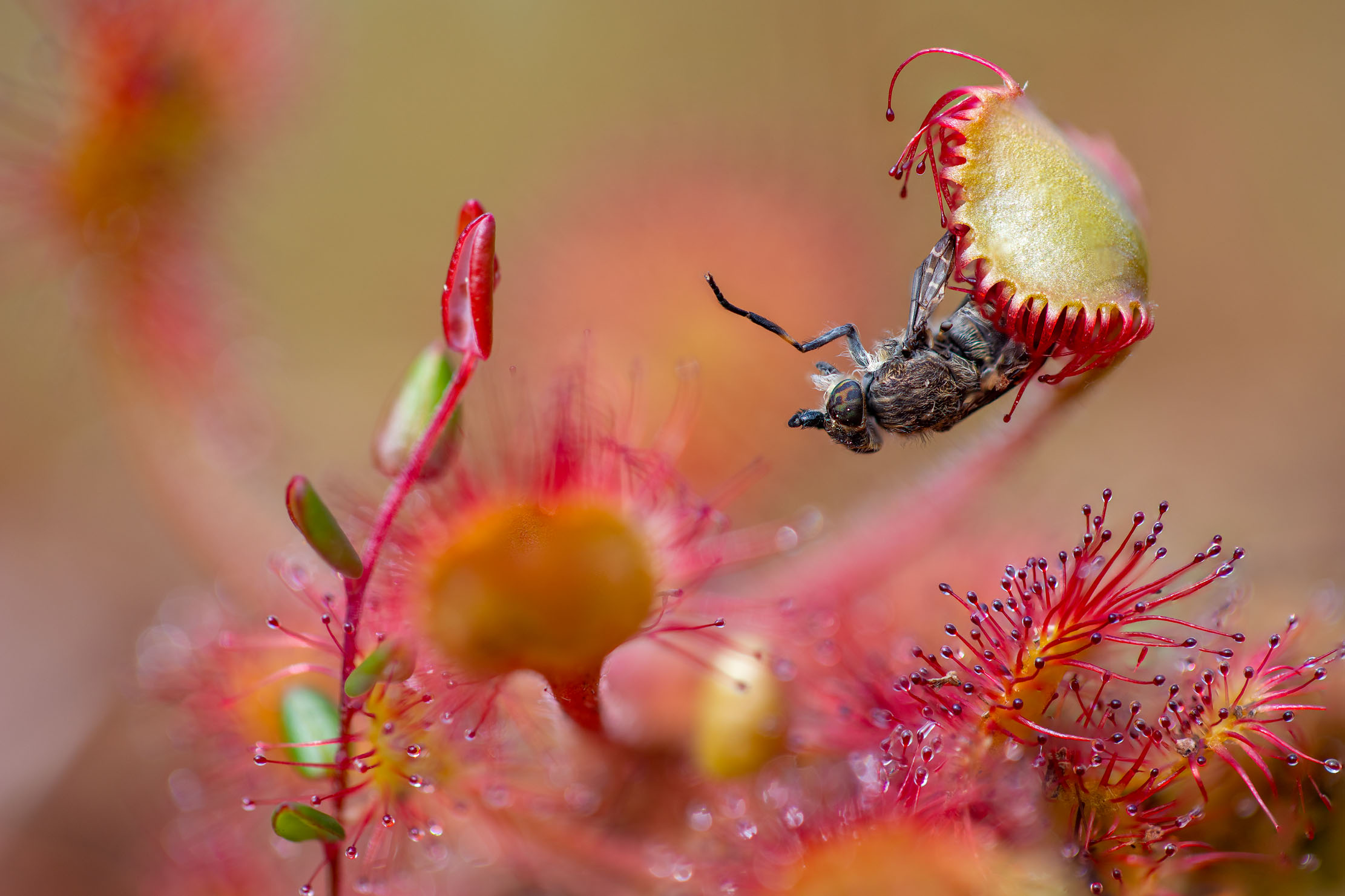
It is the first time the contest has taken place since covid and the judges had a hard time choosing the winners from more than 13,000 images, which they evaluated not only for skill, creativity and craft, but also, as director Will Nicholls explains, for upholding ‘strict values when it comes to the wellbeing of the subjects’.
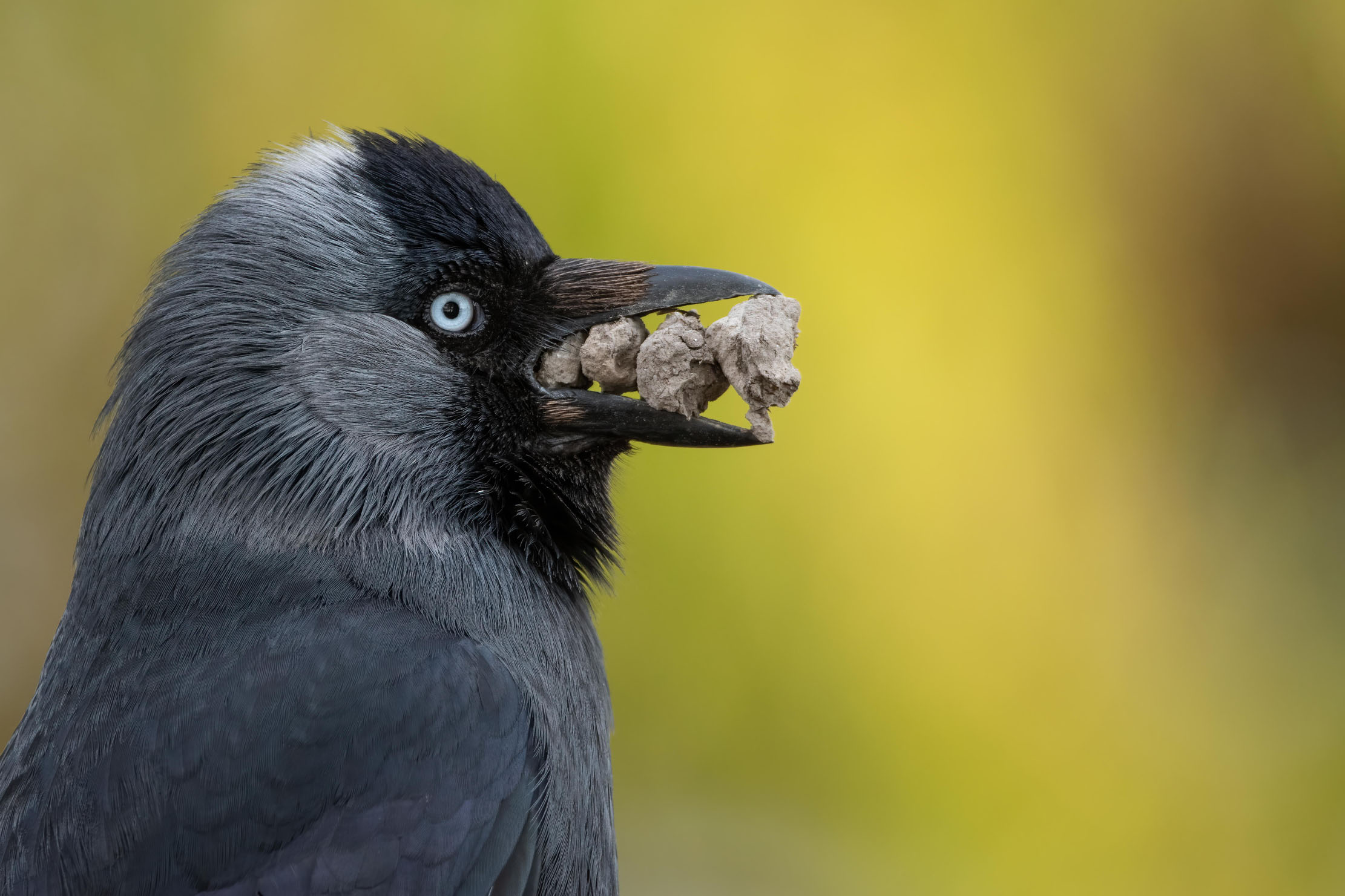
The shots are a triumph of wide-eyed sharks, leaping bunnies, fuzzy owlets and seahorses so stern they’d put a headmistress to shame.
Exquisite houses, the beauty of Nature, and how to get the most from your life, straight to your inbox.
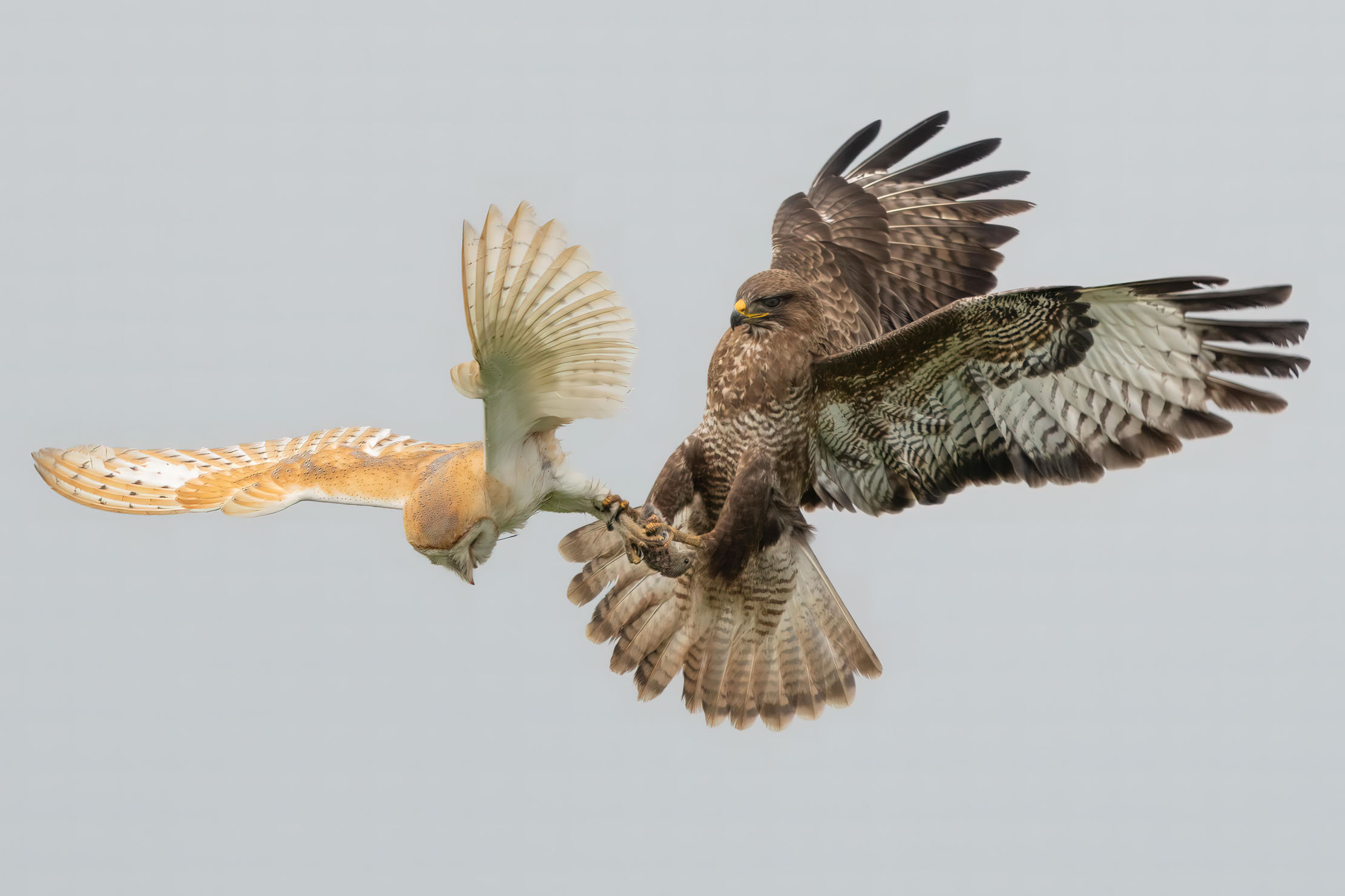
They run the gamut from the majestic — a lone stag silhouetted against snow-capped Highlands, a red kite, flying fierce and undeterred in heavy snow flurry — to the wondrous (an underwater picture of plankton reminiscent of the night sky) and the curious, such as an amphibian threesome in which two male toads try to hitch a lift on the same female or the great bustard that wanders, much like a bewitched tourist, around Stonehenge.
Some photographs issue a stark warning about the fragility of our habitats.
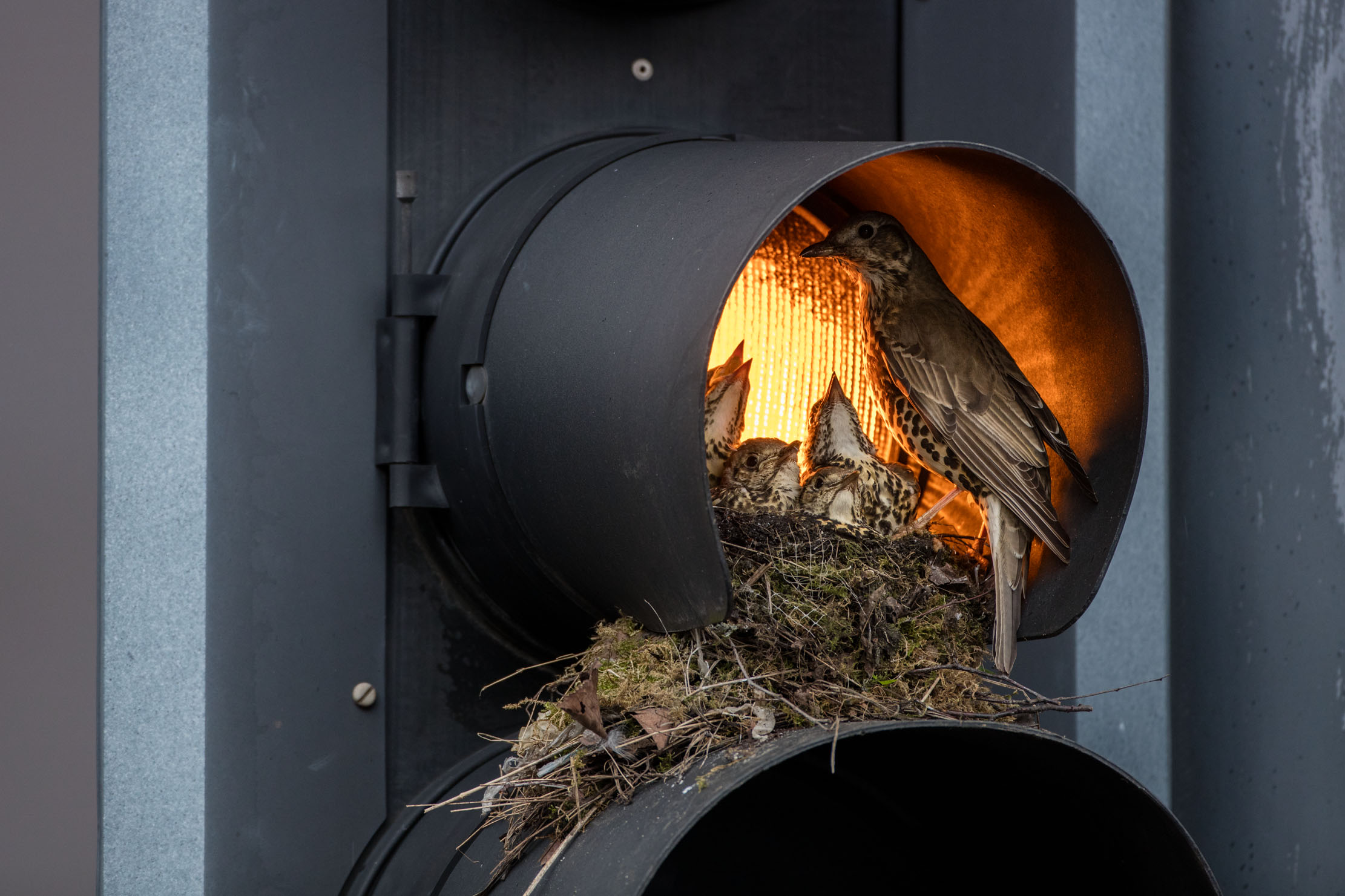
In a shot of great crested grebes courting, the first bird brings a present of pondweed, but the second proffers a piece of plastic, highlighting, as judge David Plummer puts it, ‘our own species’ flagrant disregard for the environment’.
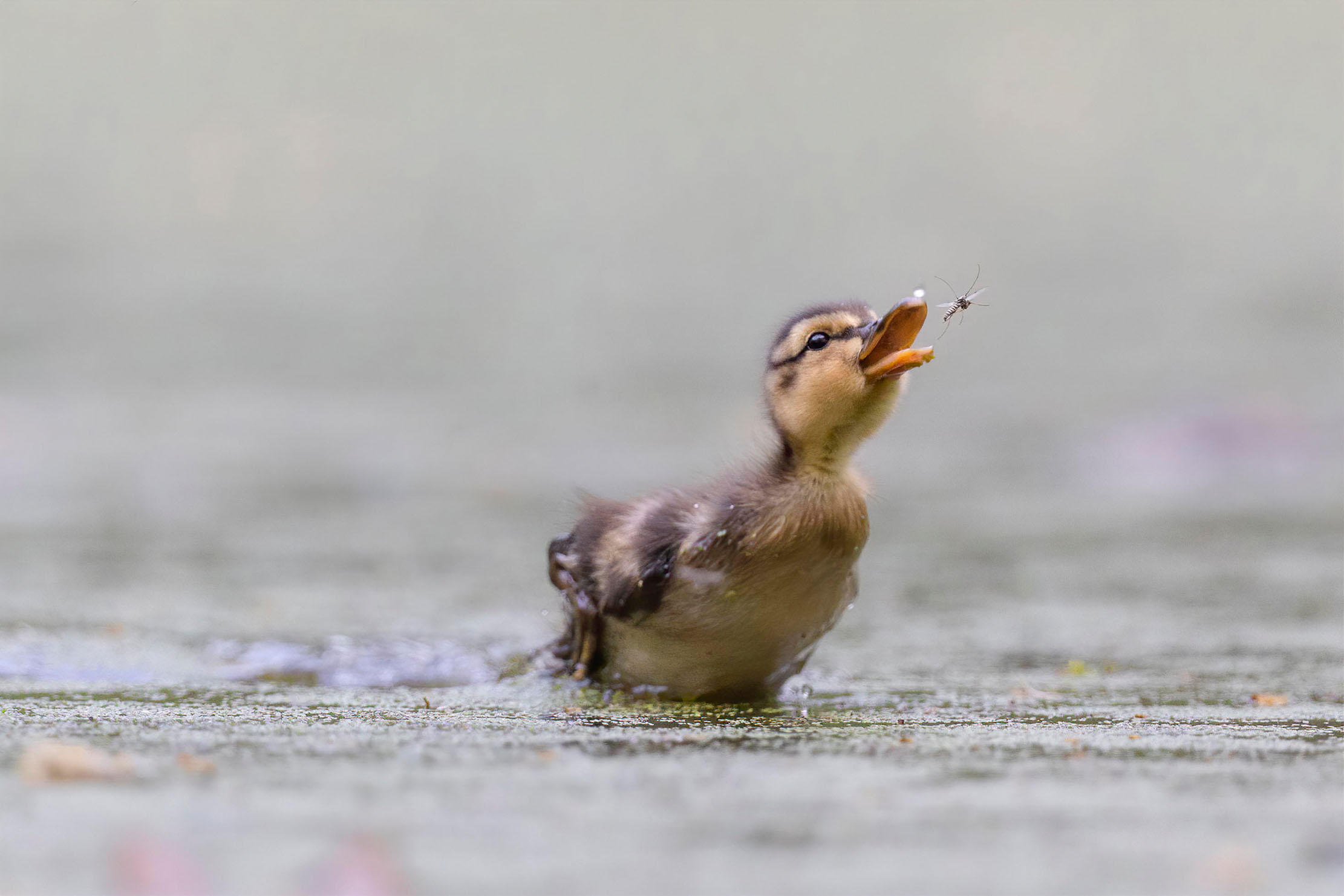
Other pictures show wildlife reconquering urban areas — not least the overall winner, a portrait, by Charlie Page, of a proud fox that saunters with more than a soupçon of arrogance past the pylons of London’s Lee Valley Park.
The images capture moments of intimate beauty, too, sometimes tinged by comic relief: Otterly Relaxed, a dog otter relaxing on shore, hind feet up, nose in the air, is a reminder that Nature brings solace to us all.
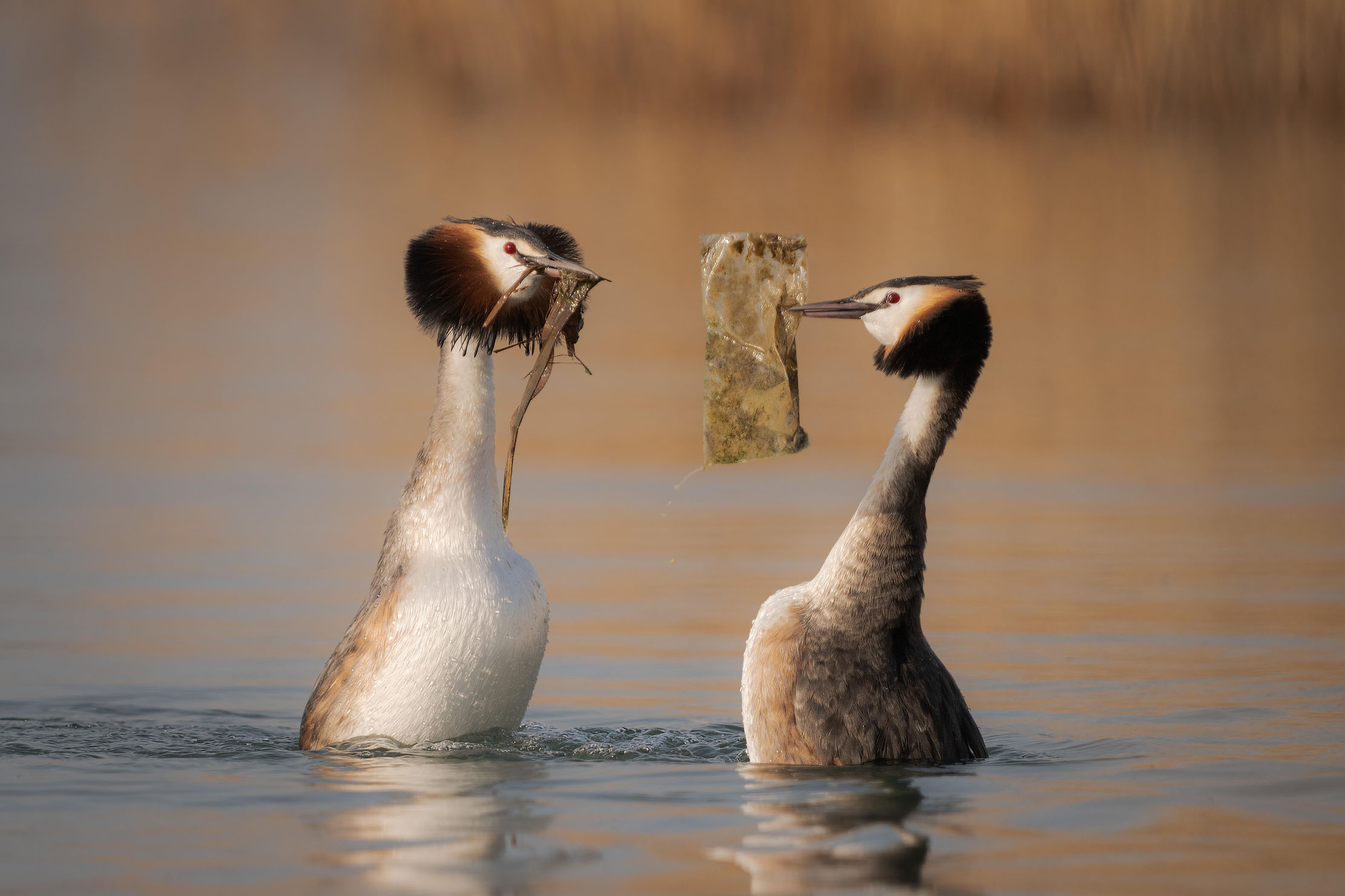
‘British Wildlife Photography Awards 11’ is published by Graffeg (www.graffeg.com) at £30. See more about the awards at www.bwpawards.org
